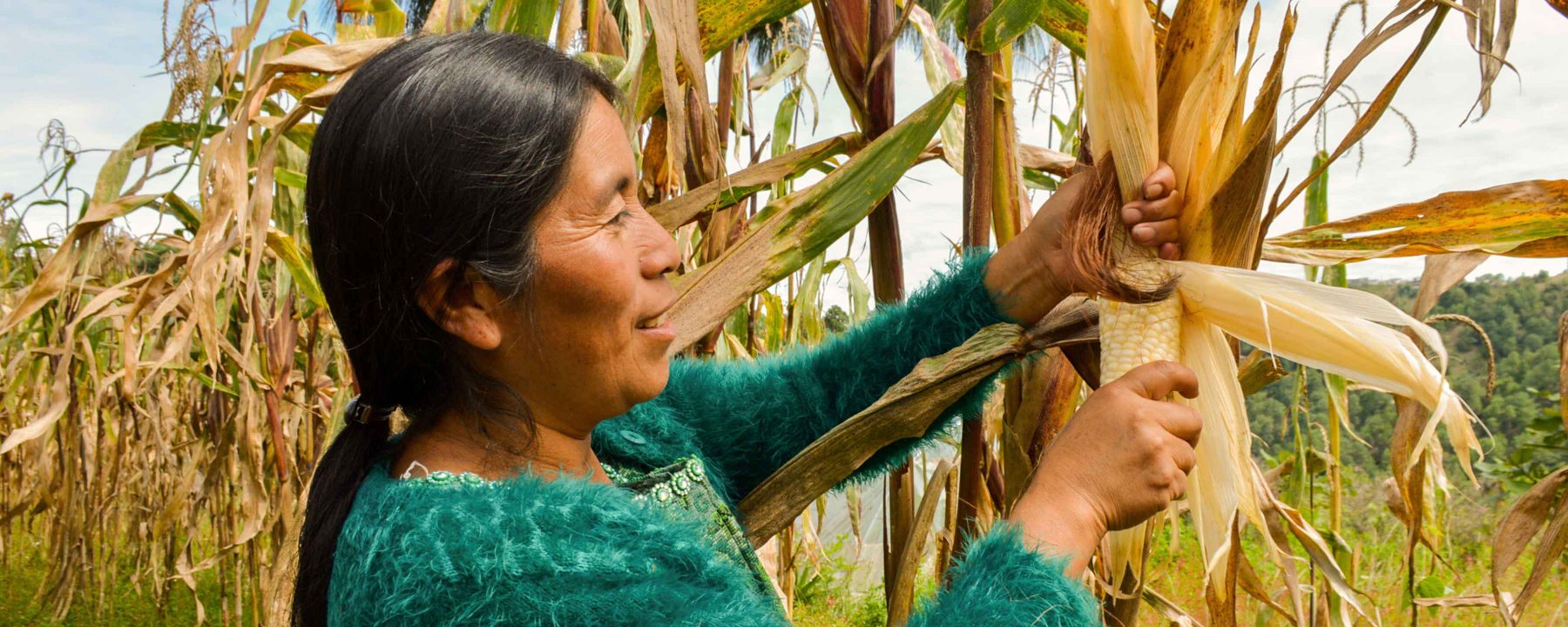Featured Story From Guatemala
Ensuring Essential Nutrients Amid COVID-19 Through Biofortified Maize
“Many of my customers have lost their secondary jobs as drivers and small shop owners, and with it, their extra income, making them even more dependent on agricultural income and a good harvest this year,” Donis said. “Many of the farmers are interested in growing more maize this year. Even with the loss of secondary income, farmers can afford Fortaleza F3 seed and gain a better chance at improving their incomes.”
Nelson Donis is a sales technician with Semilla Nueva, a Guatemalan social enterprise.
Learn more



